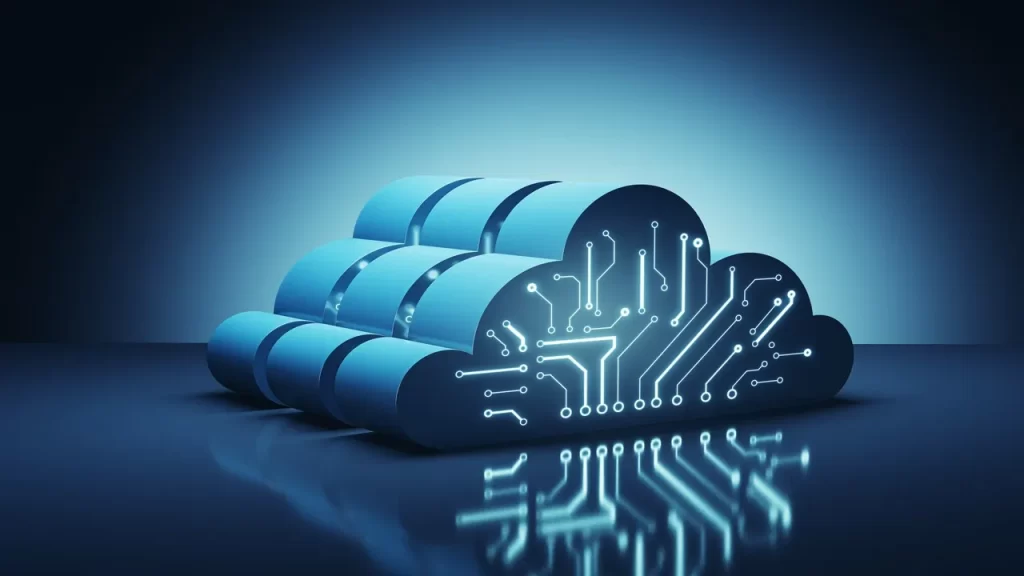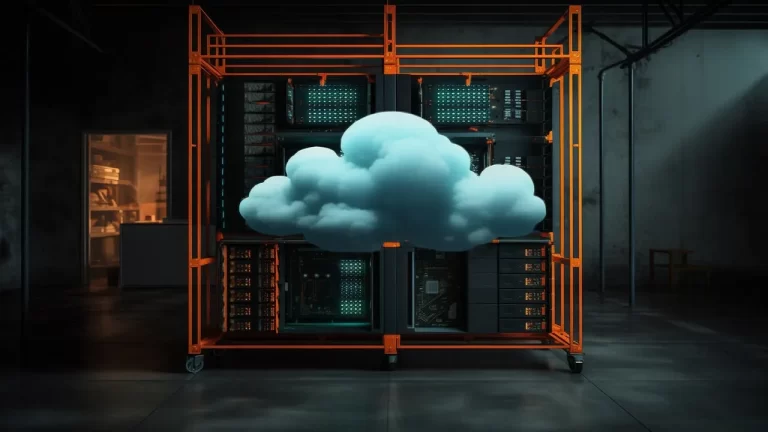The study, which took place over two years, studied air cooling, cold plates, one-phase immersion, and two-phase immersion for servers. Microsoft researchers have published a paper analyzing the energy use, water consumption, and emissions of four data center cooling technologies across their life cycles.
The life cycle assessment evaluation, published in the scientific journal Nature, assessed several parameters, including the supply chain emissions of the data center infrastructure and even their eventual disposal.
“A lot of people do life cycle assessments after the fact,” said Husam Alissa, director of systems technology in cloud operations and innovation at Microsoft and leader of the lifecycle assessment study.
“When we’re trying to make future design decisions, we typically look at total cost of ownership, performance, sustainability, and other factors. We’re advocating in this paper for the use of life cycle assessment tools to guide engineering decisions early on and also sharing the tool with the industry to make adoption easier.”
The study, which took place over two years, studied four cooling technologies, namely air cooling, cold plates, one-phase immersion, and two-phase immersion for servers. It focused on cooling chips for general computing, or CPUs, not the specialized AI accelerator chips designed to handle AI workloads.
The study found that cold plates and two forms of immersion cooling can reduce greenhouse gas emissions by 15 to 21 percent, energy use by 15 to 20 percent, and water usage by 31 to 52 percent over their entire life cycles when compared to traditional air cooling in data centers.
The study concluded that two-phase immersion cooling showed promise in reducing environmental impacts across all measured categories. However, the researchers noted that it currently relies on liquid polyfluoroalkyl (PFAS) substances, which are facing increasing regulatory pressure in both the European Union and the United States, conflicting with pollution-reduction efforts, which could result in future restrictions.
In addition, while Microsoft has explored immersion cooling, it is not yet implementing these systems in its data center operations.
Reflecting on the findings, Teresa Nick, director, natural systems and sustainability for cloud operations and innovation at Microsoft and co-author of the paper, said: “It was interesting to see that cold plates could be as good as the two immersion cooling methods.”
The main aim of the study was to inform future decision makers on all aspects of data center structure and function, including how to optimize and run a data center most efficiently.
“In a nutshell, we’re trying to understand the trade-offs,” Nick said. “You’re trying to understand the context of what you’re doing and what the impacts are.”
The paper also quantified how much energy, water, and greenhouse gas emissions could be saved by switching from a typical energy grid to 100 percent renewable sources of energy, finding that greenhouse gas emissions could be reduced by 85 to 90 percent regardless of what cooling technologies were used.






